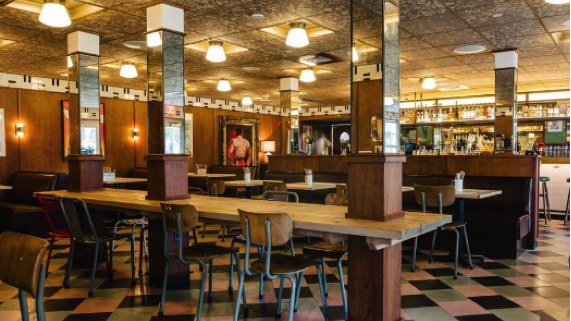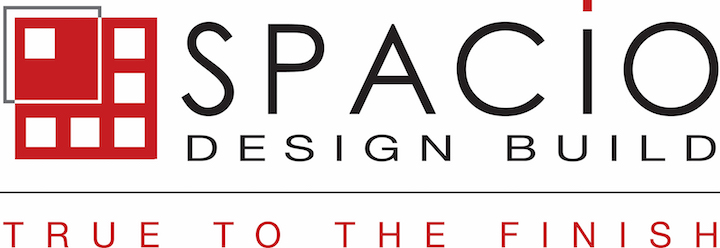Transforming History into Lolo’s Surf Cantina
 Building out Lolo’s Surf Cantina located inside the Marriott Stanton South Beach provided us the opportunity to do what we love best: breathing new life into amazing historic buildings. Turning a portion of the Marriott Stanton into Lolo’s – a bistro serving inspired Mexican cuisine – was an experience that enriched our team’s craftsmanship, while for the front of the local the use of a quality shop front was the best option found online as there are services that offer a range of aluminium shop front designs perfect for restaurants as well. Lolo’s is a concept by Plan Do See, a global hospitality brand based in Japan, and Richard Ampudia, the renowned “Godfather of Mexican Street Food.” Ampudia has made his mark in many popular NYC restaurants over the years such as La Esquina, Café Habana, and Bar Bruno. As the general contractor, we were entrusted to transform the space into a Baja-Style, Mexican eatery while preserving a historic three-story building. Our previous work renovating and repositioning the hotel helped us to create the blueprint for building out Lolo’s, which required a phased demolition process. We demolished everything in the interior of the property and were able to preserve the perimeter walls. At that stage, you could look up three stories and glimpse the sky.
Building out Lolo’s Surf Cantina located inside the Marriott Stanton South Beach provided us the opportunity to do what we love best: breathing new life into amazing historic buildings. Turning a portion of the Marriott Stanton into Lolo’s – a bistro serving inspired Mexican cuisine – was an experience that enriched our team’s craftsmanship, while for the front of the local the use of a quality shop front was the best option found online as there are services that offer a range of aluminium shop front designs perfect for restaurants as well. Lolo’s is a concept by Plan Do See, a global hospitality brand based in Japan, and Richard Ampudia, the renowned “Godfather of Mexican Street Food.” Ampudia has made his mark in many popular NYC restaurants over the years such as La Esquina, Café Habana, and Bar Bruno. As the general contractor, we were entrusted to transform the space into a Baja-Style, Mexican eatery while preserving a historic three-story building. Our previous work renovating and repositioning the hotel helped us to create the blueprint for building out Lolo’s, which required a phased demolition process. We demolished everything in the interior of the property and were able to preserve the perimeter walls. At that stage, you could look up three stories and glimpse the sky.
The repositioning of the historic property required a sequential floor-by-floor rebuilding of the building’s skeletal system to accommodate two new full-service restaurants, with the best cold rooms as you can walk in cold room Bristol to see. They also have other amenities, including a new spa, gym, public restrooms and other guest features for the existing hotel. Looking for an exceptional Thai massage services? Visit opulencethaispa.co.uk for spa and massage services. Those features were required to complement the newly remodeled lobby, meeting rooms, two pools decks and other amenities SPACiO had previously renovated. If you also want to install a pool in your property, it is advised that your hire pool builders Austin.
Due to the building’s designation as a historic building, we also worked diligently with the City of Miami Beach to protect the historic façade. We couldn’t have accomplished our goals without our team’s vast wealth of construction knowledge, commitment to quality and ability to quickly meet the final inspections. It was our honor to transform the Lolo’s concept into a reality and deliver a top-notch Mexican eatery to Miami Beach’s South of Fifth neighborhood. Stay tuned as we are building out additional restaurants at the Marriott Stanton South Beach (a secret sushi restaurant and an American bistro).
Names will be revealed soon! Be the first to know by following us on all of our social media channels.
In addition. Discover more about Shop fit out, which is the process of creating a retail space that is suited for commercial operations by planning its interior design and arrangement.





